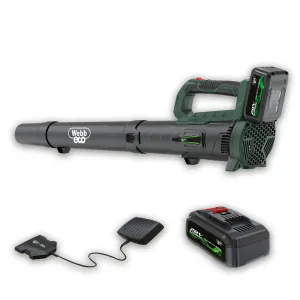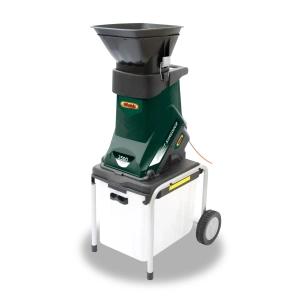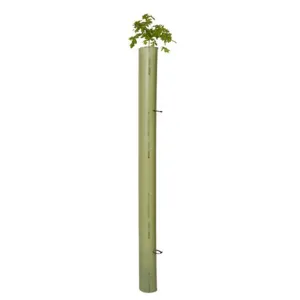Clear up leaves
Use a rake or leaf blower to remove leaves from lawns. This will help to keep your grass healthy through winter, prevent bare earth patches and reduce the risk of lawn diseases.
When we leave leaves on our lawns over winter, we prevent the grass from photosynthesising and starve it of water and nutrition. Ultimately, the grass will die beneath the leaves, leaving bare patches of earth.
Wet leaves left on lawns will also encourage worm casts and increase moss, so clearing them up over winter makes sense and will help your lawn stay healthy and looking its best come spring.
Skim off and clear leaves from ponds to keep your water healthy for wildlife. Leaves left in ponds will rot causing a build-up of nitrates in the pond water – which in turn can cause an excess of algae, turning your pond green in spring.
Use cleared leaves to make leaf mould – adding it to organic matter and then applying it to your soil in spring. Leaf mould is easy to make, simply shred them into an empty compost bin and wait for them to crumble down and rot.
Clean hard surfaces
In November, algae can quickly cover patios, wooden decks, walls, fences and garden furniture.
Like moss, algae thrive in damp conditions and in shaded areas – dulling down surfaces and creating slip hazards that can cause a real problem through winter.
Removing it is an essential November garden task to help keep you safe in the colder, wetter months and your hard surfaces looking great come spring. Use a product designed specifically for this job, like Sapphire.
Prune perennials
November is the right time to cut back and prune untidy perennials, leaving any interesting structural seed heads for winter interest – and food for overwintering birds.
Foliage and stems from perennials that have obviously died can be safely pruned off. In November, this is likely to include geraniums, delphiniums, asters, leucanthemum, day lillies and nepeta.
Leave evergreen perennials and tender plants like penstemons intact (tidying them is fine though).
Use a sharp pair of secateurs and cut back as low as possible. Compost the stems and dead foliage if free from disease.
Plant selectively
If you’re itching to be more productive in the garden, you can still plant in November. The list of plants that can be happily established in November include:
• Tulip bulbs.
• Bare root hedging, trees, roses and shrubs (assuming the ground is not too wet).
• Garlic, shallots and onions.
• Broad beans and early peas
• Spinach
• Eryngiums
• Sweet peas
• Alliums
Protect key plants
Prevent wildlife damage to tender and young trees and shrubs. Rabbits will nibble on these in November, so use tree guards or tubes if this is an issue for you.
Mulch tender or borderline hardy plants with a thick layer of bark or compost. See our guide to mulch for more information.
Use cloches to protect winter salad crops, peas and beans. Ensure you leave the ends open for ventilation.
Finally, clean and cover garden furniture, remove and store solar lights and other garden décor to prevent mould and deterioration in the cooler weather.












